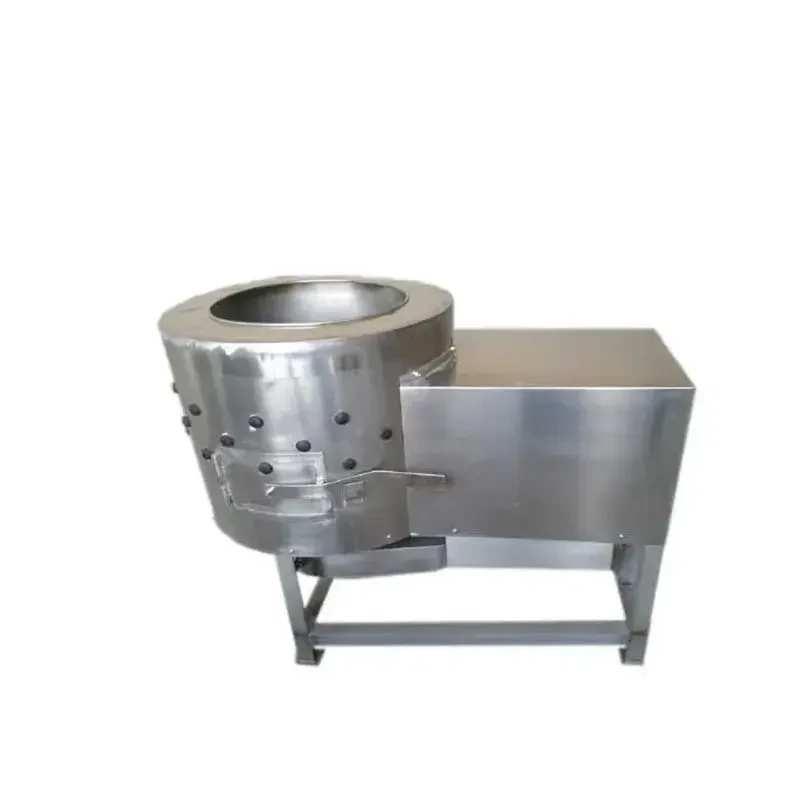floating fish feed plant
Dec . 29, 2024 20:26 Back to list
floating fish feed plant
The Importance of Floating Fish Feed Plants
The aquaculture industry has been experiencing exponential growth over the past few decades, driven by the increasing global demand for fish as a valuable protein source. As fish farming expands, the need for effective and nutritious feed has risen, leading to the establishment of floating fish feed plants. These facilities play a crucial role in the sustainability and efficiency of aquaculture operations.
What is Floating Fish Feed?
Floating fish feed refers to specially formulated pellets designed to float on the water's surface, making it easily accessible for fish. This type of feed has several advantages over traditional sinking feeds. Firstly, it allows fish farmers to monitor feeding behavior more effectively, as floating pellets can be observed. This visibility helps in assessing the health of fish and optimizing feeding strategies, ultimately leading to better growth rates and feed conversion ratios. Furthermore, floating feeds reduce the chances of waste since fish consume more readily what they can see and reach.
The Process of Manufacturing Floating Fish Feed
The production of floating fish feed involves a series of well-structured processes. Initially, raw materials such as fish meal, soybean meal, grains, and other nutritional supplements are sourced. These ingredients are then processed through grinding, mixing, and conditioning to achieve the desired nutrient composition and texture.
Extrusion cooking is a critical step in the manufacturing process. This technique involves forcing the mixed feed through an extruder, where it undergoes high temperature and pressure. As a result, the feed expands and takes on a controlled shape and size. The extrusion process also helps to gelatinize the starches present in the feed, enhancing its digestibility and palatability. Following extrusion, the feed is dried and cooled to ensure it maintains its floating properties and can be stored effectively without spoilage.
Benefits of Floating Fish Feed Plants
Floating fish feed plants contribute significantly to the aquaculture industry in various ways
floating fish feed plant

1. Nutritional Value Floating fish feed is formulated to meet the specific dietary needs of various fish species. Quality feed formulations enhance growth rates, boost immunity, and ensure the overall health of the fish. Plants can tailor the formulations to suit local species, taking into account the nutritional profile needed for optimal performance.
2. Sustainability These plants encourage the use of alternative ingredients, which can help reduce pressure on wild fish stocks. By utilizing plant-based proteins, agricultural by-products, and other sustainable sources, floating fish feed plants contribute to the environmental sustainability of aquaculture practices.
3. Cost Efficiency By producing high-quality floating feed locally, fish farmers can cut transportation costs and reduce dependency on imports. This local production can lead to a more stable supply chain and lower overall feed costs, ultimately benefiting fish farmers and promoting the growth of the aquaculture sector.
4. Waste Reduction With better feed utilization thanks to the floating nature of the pellets, farmers can minimize waste and the environmental impact of excess feed sinking to the bottom of the water body. This not only helps in maintaining water quality but also supports healthier aquatic ecosystems.
Challenges and Solutions
Despite the numerous advantages, floating fish feed plants face several challenges. Fluctuations in raw material prices, competition among suppliers, and the need for continuous research and development can strain operations. However, strategic partnerships with local farmers, investment in research to discover alternative ingredients, and the implementation of lean manufacturing techniques can help mitigate these issues.
Conclusion
Floating fish feed plants are vital for the future of sustainable aquaculture. By providing high-quality, nutritious feeds, these plants not only enhance fish health and growth but also contribute to the economic viability of fish farming. As the demand for aquatic protein continues to rise, the role of floating fish feed plants will only become more critical in ensuring a balanced and sustainable approach to feeding the world's populations.
-
Hot Sale 24 & 18 Door Rabbit Cages - Premium Breeding Solutions
NewsJul.25,2025
-
Automatic Feeding Line System Pan Feeder Nipple Drinker - Anping County Yize Metal Products Co., Ltd.
NewsJul.21,2025
-
Automatic Feeding Line System Pan Feeder Nipple Drinker - Anping County Yize Metal Products Co., Ltd.
NewsJul.21,2025
-
Automatic Feeding Line System - Anping Yize | Precision & Nipple
NewsJul.21,2025
-
Automatic Feeding Line System - Anping Yize | Precision & Nipple
NewsJul.21,2025
-
Automatic Feeding Line System-Anping County Yize Metal Products Co., Ltd.|Efficient Feed Distribution&Customized Animal Farming Solutions
NewsJul.21,2025






